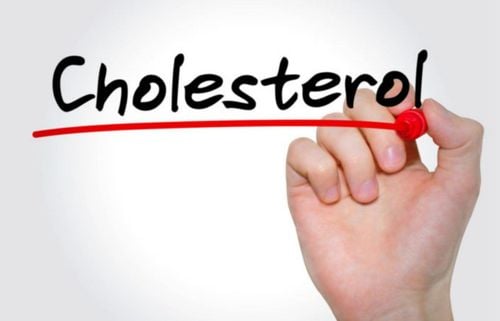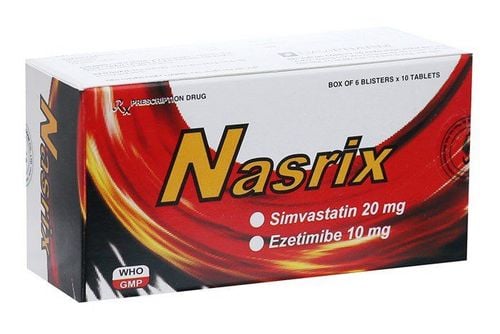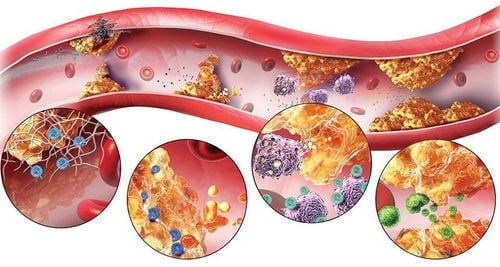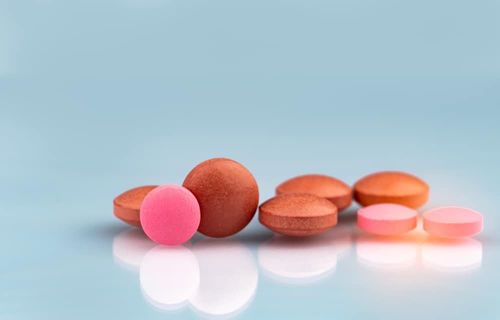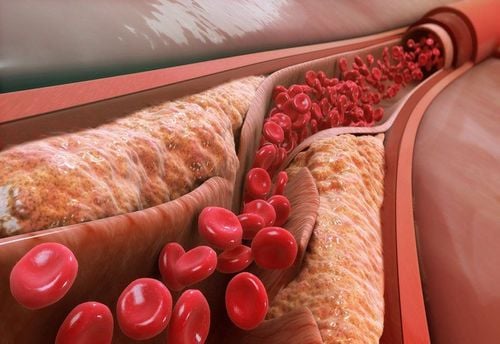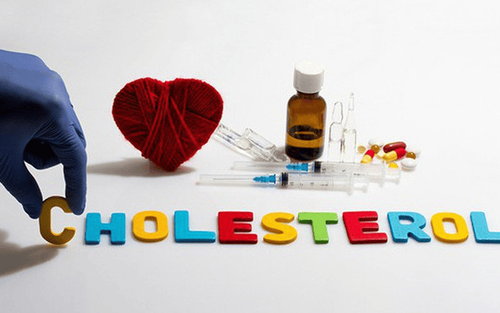This is an automatically translated article.
The article was written by Pharmacist Duong Thu Huong - Vinmec Times City International General HospitalCholesterol-lowering drugs can be used in combination to help LDL reach the desired target. The lipid profile should be assessed periodically every 4-12 weeks, especially at the beginning of drug use to monitor and adjust the drug accordingly.
According to the recommendations of the American Heart Association (AHA/ACC), there are 4 groups of subjects who should be given cholesterol-lowering drugs, including:
Patients with a history of cardiovascular disease such as myocardial infarction, stroke, angina pectoris unstable due to atherosclerosis, etc. The patient has a very high LDL level > 5 mmol/L. Diabetic patients aged 40 and over. Patients aged 40 and over have high cardiovascular risk factors (10-year cardiovascular risk >7.5%). Cholesterol-lowering drugs circulating in Vietnam are divided into 3 main groups of drugs and are detailed below:
1. Statins
Uses: Statins are the first-line drugs to lower cholesterol. Statins inhibit the cholesterol synthetizing enzyme HMG-CoA reductase, helping to lower LDL by 18-55% depending on the drug and dose. Statins can also increase HDL by 15% as well as lower TG by 7-30%. The TG-lowering efficacy was dependent on the TG threshold prior to drug administration, with greater efficacy in subjects with high triglycerides. Medication Precautions: Important side effects of statins include elevated liver enzymes and muscle pain. Liver enzymes should be checked before starting statins and when abnormalities are present. Patients need to recognize liver abnormalities such as fatigue, yellow skin, dark urine to detect and report to the doctor promptly. Myalgia is a common side effect of statins, the dose can be reduced to reduce the effect of myalgia. In rare cases, statins can lead to rhabdomyolysis. Therefore, when you feel unusual pain in both limbs, you should go to the doctor for timely monitoring, to avoid discontinuing the drug as indicated.
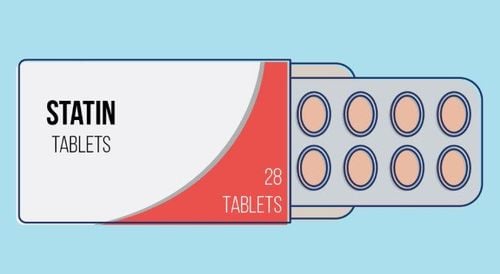
Statin là thuốc đầu tay để hạ cholesterol trong y học hiện nay
2. Ezetimibe
Uses: Ezetimibe inhibits the absorption of cholesterol in the intestine, reducing LDL by 13-20%. The drug did not have much effect on TG (5-11% decrease) and HDL (35% increase). Ezetimibe when co-administered with a statin may increase cholesterol-lowering efficacy in the absence of response to the maximum tolerable dose of the statin. In addition to some statin-like side effects such as muscle pain and elevated liver enzymes, ezetimibe may have gastrointestinal effects such as diarrhea. However, in general, ezetimibe is usually quite well tolerated.
3. Honey resin
Uses: Bile resin binds to bile acids, helps to absorb cholesterol and helps reduce LDL 15-30%. Despite its LDL-lowering effects, bile resins can increase TGs, especially in people with high triglycerides. Note when using the drug: Bile resin is a safe group of drugs because it only has a local effect on the digestive system but is not absorbed into the circulatory system. Bile resin is the only group of blood ointments that are safe for use by women. Because bile acids play a role in the absorption of fat-soluble vitamins, the use of bile resins can reduce the absorption of these vitamins as well as affect the absorption of drugs. Therefore, do not use bile resin for patients with TG >3.39 .
Please dial HOTLINE for more information or register for an appointment HERE. Download MyVinmec app to make appointments faster and to manage your bookings easily.
Articles refer to the source: ACC/AHA 2018, PSAP 2019




